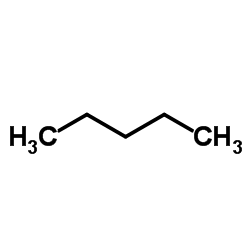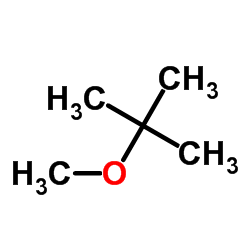| Structure | Name/CAS No. | Articles |
|---|---|---|
 |
Pentane
CAS:109-66-0 |
|
 |
BROMODICHLOROMETHANE
CAS:75-27-4 |
|
 |
Methyl tert-butyl ether
CAS:1634-04-4 |